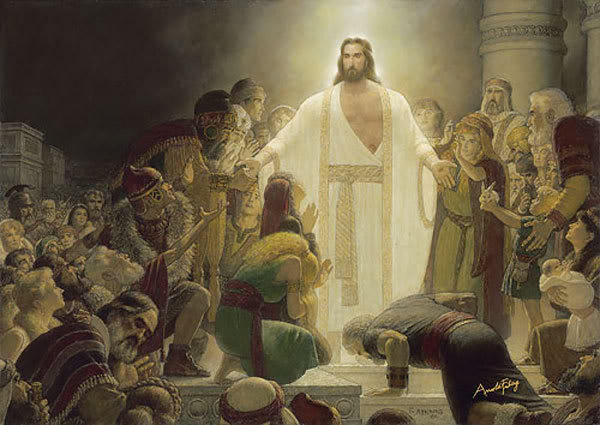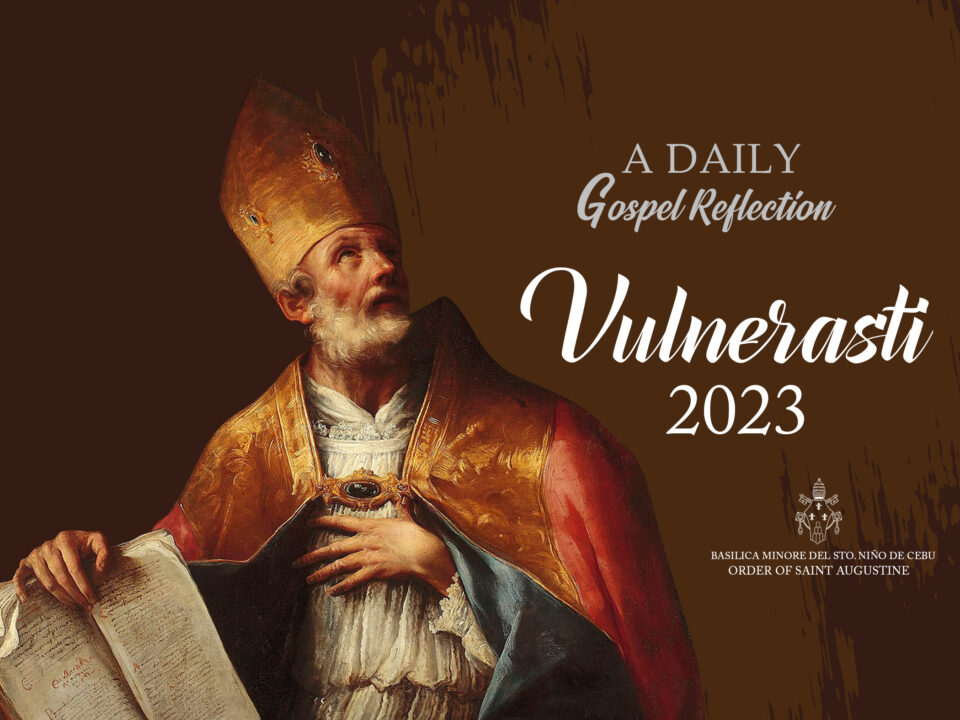Easter Sunday The Resurrection of the Lord

https://catholiccat1.wordpress.com/2014/04/20/4-20-2014-the-resurrection-of-the-lord-the-mass-of-easter-sunday-gospel-jn-201-9/
Today’s Reflection
Gospel: John 20: 1-9
April 17, 2022 | Sunday
Now, on the first day after the Sabbath, Mary of Magdala came to the tomb early in the morning while it was still dark, and she saw that the stone blocking the tomb had been moved away. She ran to Peter, and the other disciple whom Jesus loved, and she said to them, “They have taken the Lord out of the tomb and we don’t know where they have laid him.”
Peter then set out with the other disciple to go to the tomb. They ran together, but the other disciple outran Peter and reached the tomb first. He bent down and saw the linen cloths lying flat, but he did not enter.
Then Simon Peter came, following him, and entered the tomb; he, too, saw the linen cloths lying flat. The napkin, which had been around his head, was not lying flat like the other linen cloths, but lay rolled up in its place. Then the other disciple, who had reached the tomb first, also went in; he saw and believed. Scripture clearly said that Jesus must rise from the dead, but they had not yet understood that.
Today’s Reflection:
Are the resurrection narratives found in the Gospels and other NT writings proofs that the crucified Jesus indeed rose from the dead? The plain answer is NO. These narratives are not blow-by-blow accounts written by trained and disinterested journalists. They are stories on faith experiences, which are contextually-bound attempts at articulating the profoundly mysterious experiences of the disciples of the Lord’s resurrection. These stories speak about the transformation of the frightened followers of the crucified Jesus into zealous witnesses of the risen Lord.
One of these stories is recounted in the Gospel Reading (John 20:1-9). It speaks of the transforming experience of the beloved disciple who goes to see the reported empty tomb. Upon arriving at the tomb, we are told that he immediately “sees and believes” (20:8). The beloved disciple’s act of seeing and believing marks the start of his transformation into a zealous witness of the risen Lord.
The clue in understanding the beloved disciple’s transformation lies at the start of the story in which the narrator makes it clear that it “was still dark” (20:1) when Mary Magdalene went to the tomb. To some extent, darkness (σκοτία) in John’s Gospel connotes despair, hopelessness, brokenness, and “ignorance of diving things” (Thayer). The followers of the crucified Jesus were then still fearful of the Jewish and Roman authorities. They were still grappling with the painful reality that their expected savior ended up dead on the cross. They could have felt that their hope for liberation ended in Jesus’ tomb.
Upon reaching the tomb the beloved disciple “sees” and “believes”. The Greek verb used for “seeing” here, namely ὁράω, connotes “seeing with the mind” (Thayer). It is tantamount to getting a new perspective on an event, specifically, getting a new insight into the painful and despairing experience at the crucifixion of Jesus. The beloved disciple sees something life-giving in this despairing experience. He profoundly realizes that the death of Jesus, which was so painful and despairing at first, turns out to be a gracious and saving event. Deeply convinced of the abiding presence of the glorified Lord, he cannot at that very moment help but believes that the Lord is indeed risen.
Like the beloved disciple and his companions who experienced the painful and despairing death of the Lord, we too experience so many dark moments or pains and despairs in life. Like them, we tend to lose hope in the face of painful and despairing experiences. During low moments in life, we should put our trust and hope in the risen Lord. Let’s pray for the grace of being able to SEE, that is, being able to have a new or refreshing perspective on our dark experiences. Hopefully, we can find meaning in their seeming absurdities. More often than not, finding meaning in sufferings or in painful experiences leads us to believe in the risen Lord.
In case our progress in believing is slow, we just have to be patient with ourselves. After all, believing in the Lord is a life-long process. This is suggested by the fact that John the Evangelist makes use of the verb “believe” (πιστεύω) no less than 98 times in the Gospel. In contrast, he never uses the noun “faith” or “belief” (πίστις) in his Gospel. If nothing else, these statistics suggest that believing in the risen Lord is a dynamic process. In fact, the act of believing in John’s Gospel is not so much an intellectual assent to the words of the Lord as an act of actively abiding or remaining in HIM that we may faithfully put his words into practice. (by Fr. Lazaro N. Ervite, OSA) /Vulnerasti, 2022



